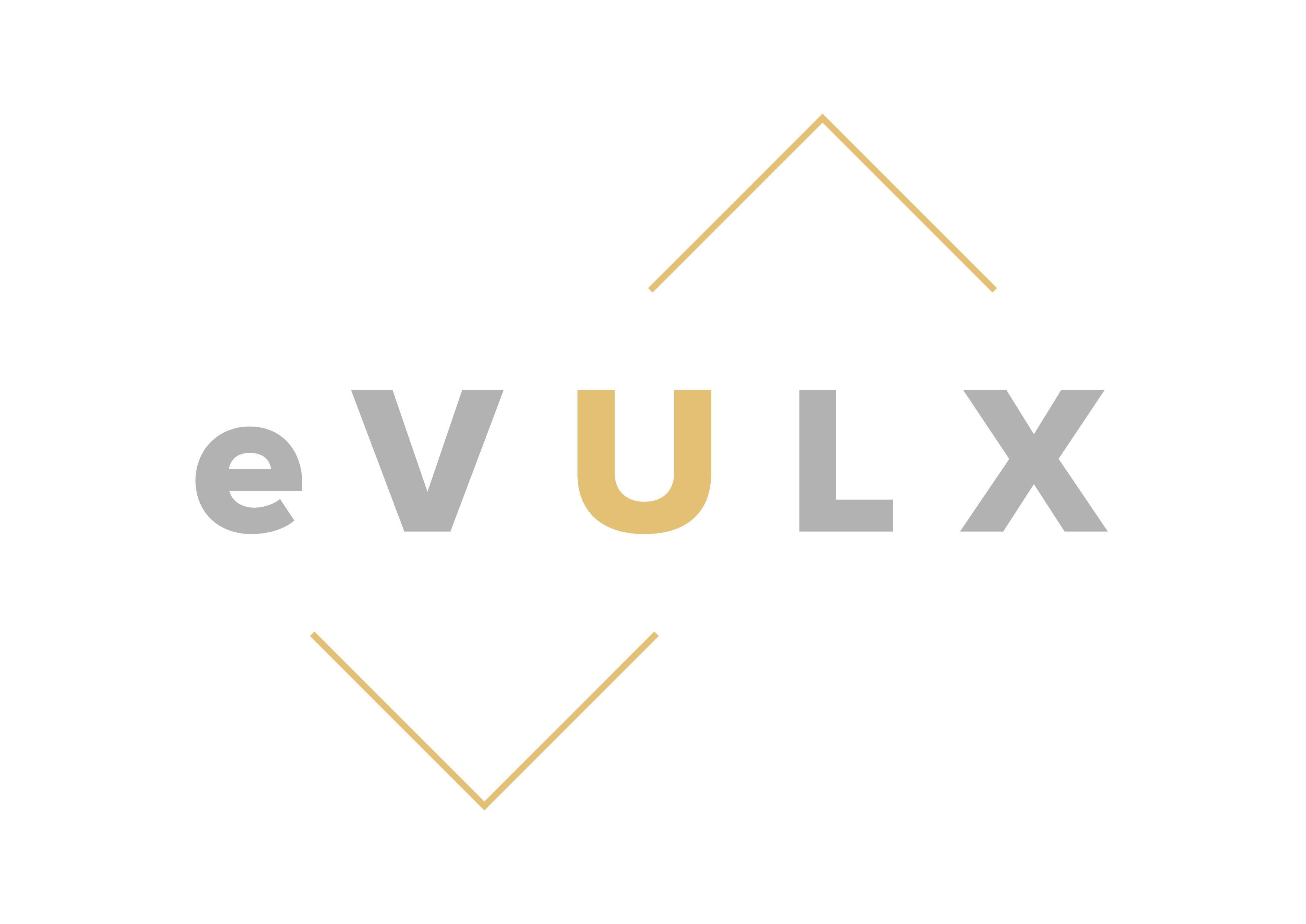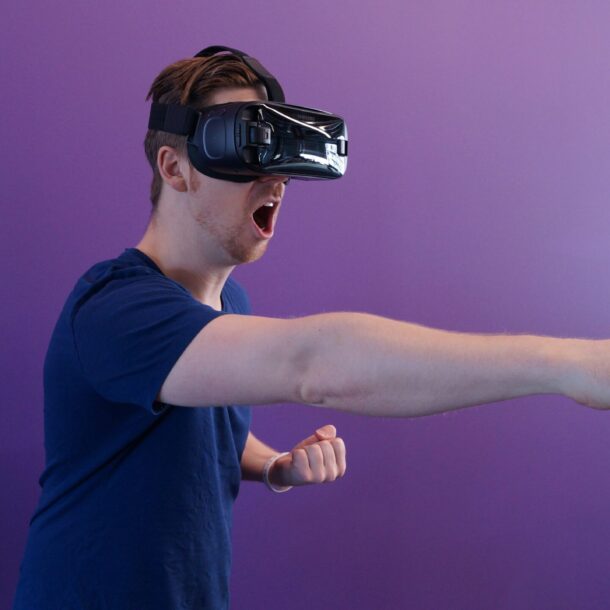
How Gamification Is Creating Remarkable Breakthroughs In Medicine and Technology
Arun Nagarajah
June 7, 2022You’ve heard of gamification before: a buzzword that gets thrown around in thinking labs, boardrooms and thesis papers, but what is it? In simple terms, gamification is the use of game design to improve engagement with a topic or process. It can apply to both physical activities, like exercise, and mental health and rehabilitation services. The idea behind it — the concept of turning an activity into a game — has been studied for years for motivation and performance. Now, gamification principles are leading to breakthroughs in medicine and technology.

“Considering the potential health benefits, it is unsurprising that digital therapeutics and apps, which often leverage gamification, are gaining attention among pharma companies, payers, and employers alike.”
Patient Care:
Gamification of patient care is another area where gamification appears to be beneficial.
As gaming technologies are increasingly applied to healthcare, there are many opportunities for their use within medical practice settings. One of the most promising areas for gamification is patient care. A few studies have reported the potential for gamification to facilitate more consistent, patient-centred communication, establish a safer environment for patients, and reduce the time spent on documentation. Studies also suggest that gamification may improve adherence rates, although further evidence is needed in this area.
For example, games can engage patients in their care, motivate them to do something they might not otherwise (e.g., taking medications regularly or exercising), and provide educational information about various diseases and conditions (e.g., diabetes).
Imagine if patients could play a game where they could learn how certain drugs work in their bodies by controlling an avatar that takes them through the different stages of drug absorption into the bloodstream? Or what if they could play a game where they have to avoid obstacles while carrying around medicine bottles? This would help them see how much effort goes into taking medicine every day!
Medical Education:
While traditional learning methods can be effective, they are often expensive or time-consuming. The use of games as an educational tool can be an effective alternative to these conventional methods by providing information in a more engaging way that keeps learners engaged throughout the learning process. Gamification can also be used in medical education.

Medical education is a crucial area where gamification is expected to show promise. Studies suggest that gamification may improve learning outcomes in health professionals, although the mechanisms underlying gamified educational interventions still require further investigation.
Virtual Engagement:
The virtual world offers another opportunity for gamification as it provides a platform for people from all over the world to connect with one another regardless of location or physical ability. This could lead to increased collaboration between organizations that may have been difficult due to distance or lack of infrastructure necessary for such interactions (e.g., travel costs).

Virtual Reality (VR) is a simulation of a three-dimensional interactive environment that the user can navigate. It allows learners to explore and interact with this environment as if they were present in it. In medical education, VR can create immersive learning experiences that incorporate multiple senses, create realistic scenarios, promote self-reflection and critical thinking. AR adds computer-generated images over real-life settings to create an immersive experience. Video game-style learning modules may also be helpful in medical education.
Promoting engagement and interactivity during virtual events is one of the most significant challenges for their organizers. Multiple vendors claimed during the event that their platform, tool, or service could overcome this challenge. COVID-19 was no exception and, in fact, was one of the most important events ever to be held in this space.
Conclusion:
Gamification, like a good swing, requires practice. Only those who have practiced can achieve the desired outcome. Although gamification for event engagement is far from perfect, it’s improving by leaps and bounds, and practitioners are doing their best to keep up with the trends. However, healthcare organizations who are looking to apply gamification to patient engagement should note that virtual events require different approaches than regular face-to-face ones.
Get in touch with us for more gamified solutions.
9.08 & 9.09, Block E Phileo Damansara 1,
9, Jalan 16/11, 46350 Petaling Jaya, Selangor
Telephone: +60122254456
Email: [email protected]
(202001021557) (1377877-X)
All Rights Reserved

